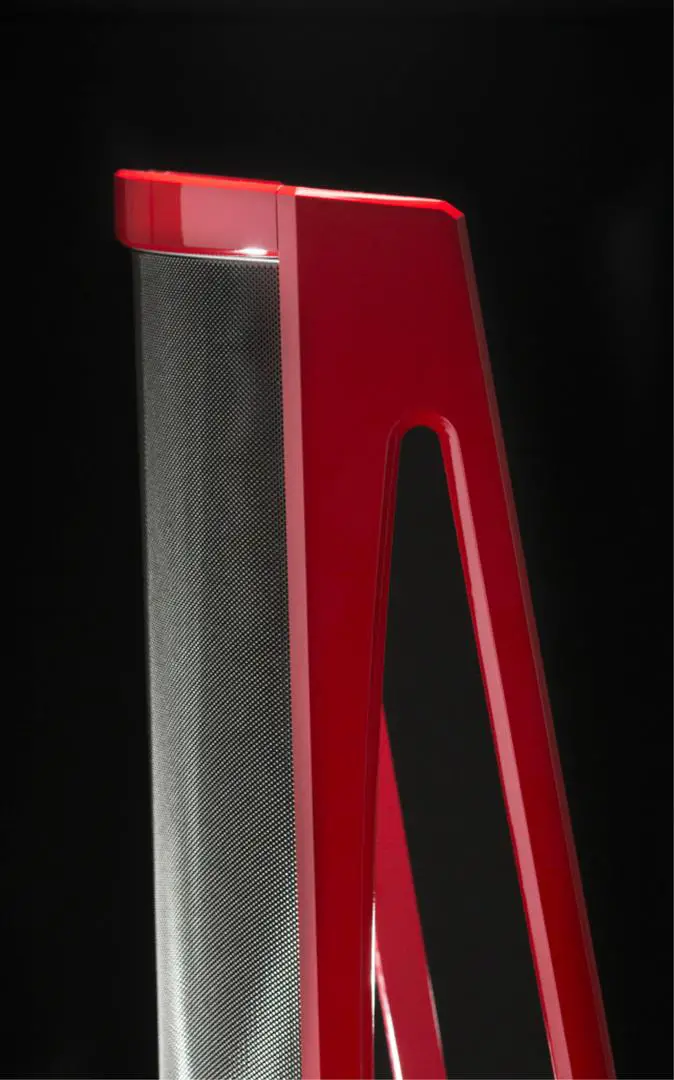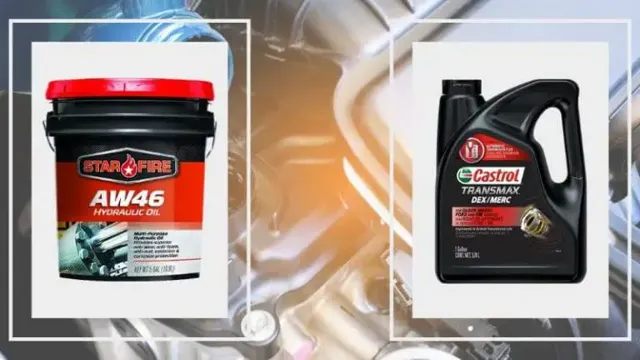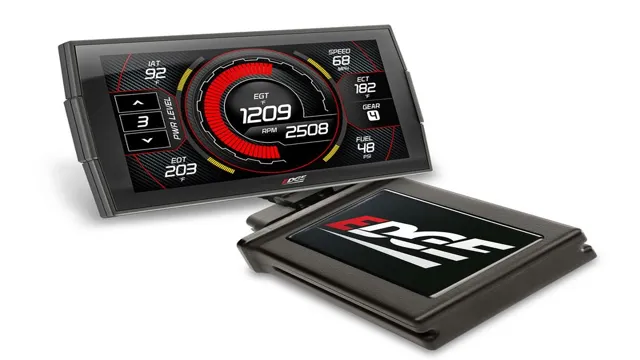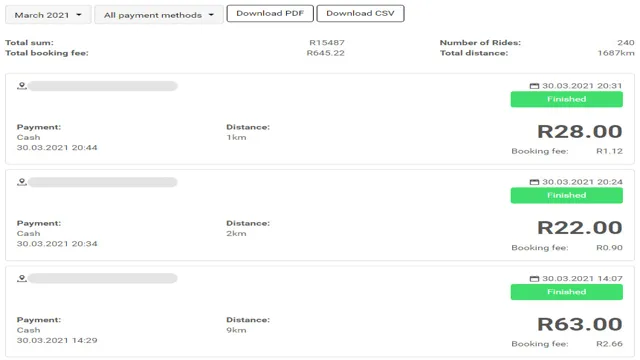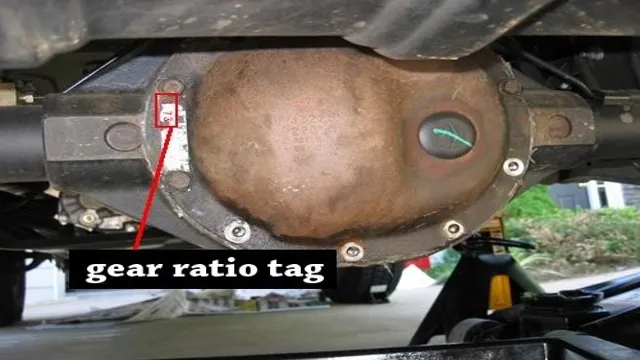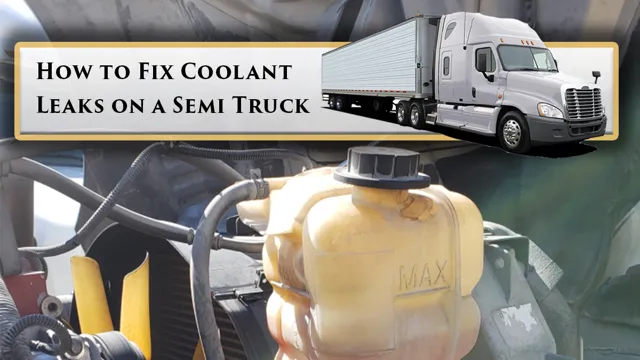How to Bypass a Stator : Expert Tips for Easy Resolution
Stators are a crucial component in the electrical system of a motorcycle, ATV, or any other motorized vehicle equipped with a battery. Without a functional stator, the battery will not receive a charge, leaving you stranded with a dead vehicle. If your stator fails, bypassing it can be a temporary fix to get you back on the road or trail. In this comprehensive guide, we will walk you through the process of bypassing a stator, discuss the potential risks, and provide tips to ensure a safe and effective bypass.
Understanding the Stator
Before we dive into the bypassing process, it’s important to have a basic understanding of what a stator does. The stator is responsible for generating the electrical power needed to charge the battery and power the vehicle’s electrical systems. It works in conjunction with the vehicle’s regulator/rectifier to convert the alternating current (AC) produced by the stator into direct current (DC) to charge the battery and operate the vehicle’s electrical components.
Signs Of Stator Failure
Diagnosing a stator issue is crucial before attempting to bypass it. Some common signs of stator failure include:
- Dim or flickering lights
- Battery not holding a charge
- Difficulty starting the vehicle
- Stalling at low speeds
If you observe any of these symptoms, it’s essential to perform a thorough inspection to confirm that the stator is indeed the source of the problem.
Bypassing the Stator: Step-by-Step Guide
Now that you understand the role of the stator and have confirmed that it needs to be bypassed, let’s walk through the step-by-step process of bypassing the stator:
Gather The Necessary Tools
Before you begin, gather the following tools and materials:
- Wire cutters/strippers
- Electrical tape
- Wire connectors
- Service manual for your vehicle
Locate The Stator Wires
Refer to your vehicle’s service manual to locate the stator wires. This will typically involve removing the vehicle’s side cover or other components to access the stator and its wires.
Disconnect The Stator Wires
Using the wire cutters, carefully disconnect the stator wires from the vehicle’s wiring harness. Take note of the wire colors and their original connections to ensure proper reconnection later.
Bypass The Stator
Connect the stator wires directly to the regulator/rectifier using the wire connectors. This essentially bypasses the vehicle’s wiring harness and connects the stator directly to the regulator/rectifier, allowing the generated power to reach the battery and electrical system without passing through the vehicle’s original wiring.
Secure And Insulate The Connections
Once the connections are made, use electrical tape to secure and insulate the wire connectors, ensuring there are no exposed wires that could cause a short circuit or other electrical issues.
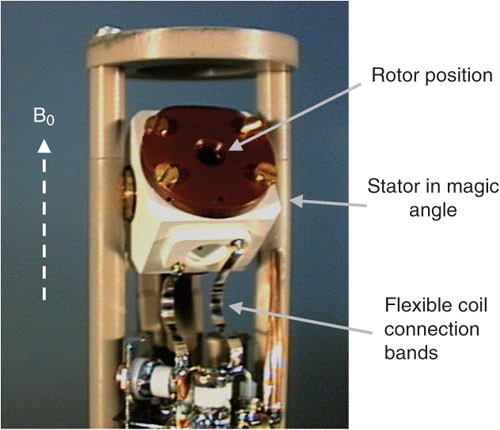
Credit: www.nature.com
Important Considerations and Risks
While bypassing a stator can provide a temporary solution to get your vehicle back in working condition, there are important considerations and risks to be aware of:
Charging System Integrity
By bypassing the stator, you are altering the vehicle’s charging system. While this may temporarily restore power to the battery and electrical system, it is not a long-term solution. It’s crucial to address the underlying stator issue and restore the vehicle’s charging system to proper working order as soon as possible.
Electrical System Damage
Improperly bypassing the stator can result in damage to the vehicle’s electrical system, including the battery, regulator/rectifier, and other components. Ensure that the connections are made securely and that no exposed wires are present to minimize the risk of electrical issues.
Professional Assistance
If you are unsure about bypassing the stator or lack the necessary tools and skills, it’s best to seek professional assistance. A qualified mechanic or technician can diagnose the stator issue and perform the necessary repairs to ensure the vehicle’s electrical system functions properly.
Frequently Asked Questions For How To Bypass A Stator : Expert Tips For Easy Resolution
What Is A Stator?
A stator is a stationary component of an electrical machine that generates a magnetic field.
Why Would I Need To Bypass A Stator?
Bypassing a stator may be necessary to diagnose or fix electrical issues in an engine’s charging system.
How Do I Bypass A Stator?
To bypass a stator, you need to disconnect its electrical connections and connect the charging system directly to the battery.
Is It Safe To Bypass A Stator?
Bypassing a stator should only be done temporarily for diagnostic purposes and not as a long-term solution.
Conclusion
Bypassing a stator can serve as a short-term solution to get you back on the road or trail when faced with stator failure. However, it’s important to view it as a temporary fix and address the underlying stator issue to maintain the integrity of the vehicle’s charging system and electrical components. When in doubt, seeking professional assistance is the best course of action to ensure the safety and reliability of your vehicle’s electrical system.

